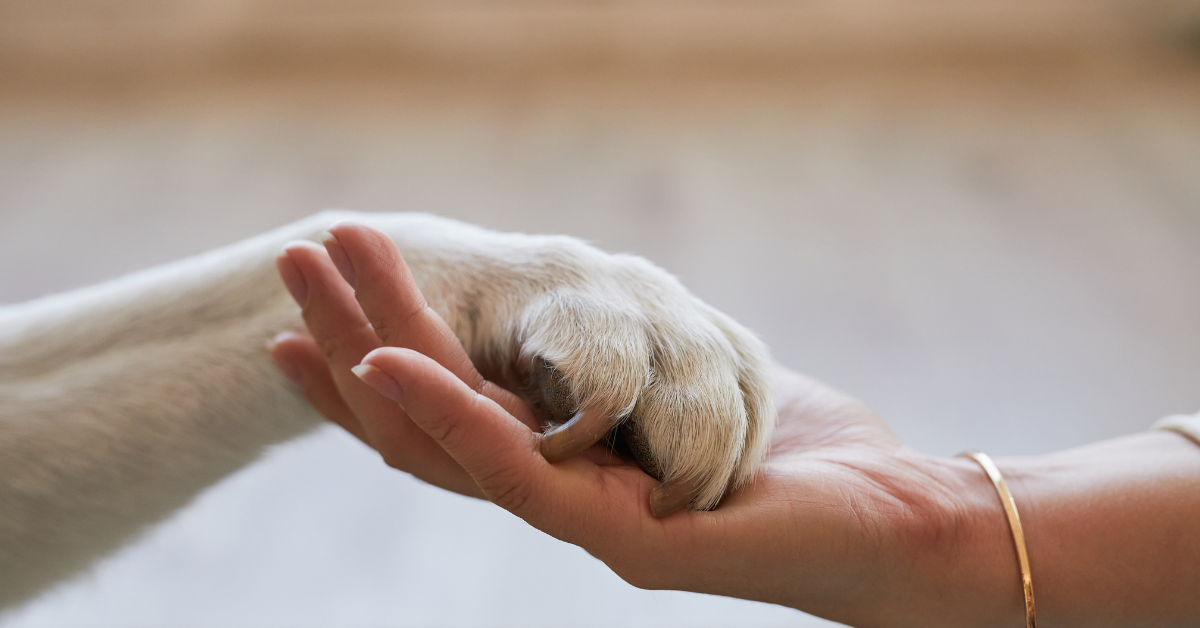As pets become cherished members of the family, the concept of pet health insurance is gaining traction in the United States. This article delves into the evolving landscape of pet health insurance, exploring the reasons behind its popularity, the types of coverage available, and the impact it has on the well-being of our beloved furry companions.
The Rise of Pet Health Insurance
Shifting Perspectives on Pet Care
- Pets as Family Members: The changing perception of pets from companions to integral family members.
- Increased Healthcare Expectations: Growing expectations for comprehensive healthcare for pets, mirroring those for human family members.
Factors Driving Pet Health Insurance Adoption
- Advancements in Veterinary Care: The parallel advancements in veterinary medicine, including sophisticated treatments and surgeries.
- Rising Veterinary Costs: The increasing costs of veterinary care, making insurance an attractive option for managing expenses.
Understanding Pet Health Insurance Coverage
Comprehensive Healthcare Options
- Illness and Injury Coverage: Basic coverage for unexpected illnesses and injuries.
- Wellness Plans: Optional coverage for routine veterinary care, vaccinations, and preventive treatments.
Policy Variations
- Lifetime Coverage vs. Annual Renewals: Exploring the differences between policies that provide coverage throughout a pet’s life and those renewed annually.
- Breed-Specific Considerations: How coverage options may vary based on the breed, considering breed-specific health predispositions.
The Impact on Pet Well-being
Access to Quality Veterinary Care
- Timely Medical Interventions: How insurance facilitates timely medical interventions, ensuring pets receive prompt care.
- Reduced Financial Barriers: Overcoming financial barriers that might prevent pet owners from seeking necessary medical attention for their pets.
Strengthening the Bond Between Pets and Owners
- Peace of Mind for Pet Owners: The emotional benefits of knowing that one’s pet has access to quality healthcare.
- Enhancing Responsible Pet Ownership: Encouraging responsible ownership by making healthcare decisions based on the pet’s needs rather than financial constraints.
Considerations for Pet Owners
Choosing the Right Coverage
- Tailoring Policies to Pet’s Needs: Selecting coverage that aligns with the specific healthcare needs and risks associated with the pet’s breed and age.
- Comparing Providers: Tips for comparing different pet insurance providers, considering factors such as coverage options, deductibles, and premiums.
Understanding Policy Exclusions
- Pre-existing Conditions: The impact of pre-existing conditions on coverage.
- Routine vs. Emergency Care: Clarifying what is considered routine care and what falls under emergency coverage.
The Future of Pet Health Insurance
Evolving Coverage Options
- Advancements in Veterinary Treatments: How the evolution of veterinary treatments may influence coverage options.
- Integration with Human Health Insurance: Exploring potential synergies between pet and human health insurance policies.
Advocacy for Pet Well-being
- Educating Pet Owners: The role of insurers in educating pet owners about responsible pet ownership and healthcare decision-making.
- Advocating for Pet-Friendly Policies: Encouraging policies that prioritize the well-being of pets and support owners in providing optimal healthcare.
Conclusion
Pet health insurance is becoming an integral part of responsible pet ownership, offering peace of mind and access to quality veterinary care. As the landscape continues to evolve, understanding the nuances of coverage options and making informed decisions become essential for pet owners. By extending the umbrella of health insurance to our furry family members, we not only ensure their well-being but also strengthen the bond between pets and their human companions.

